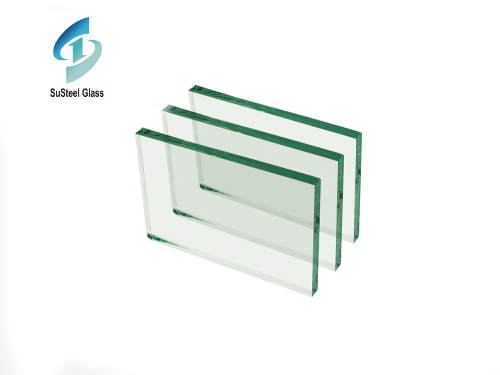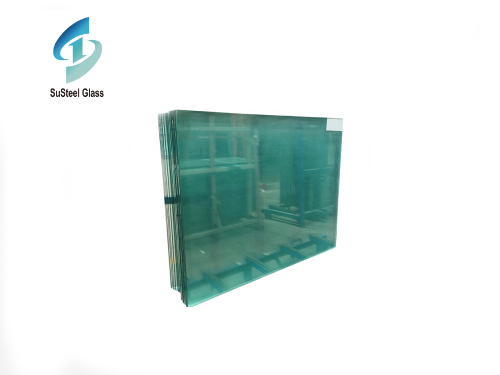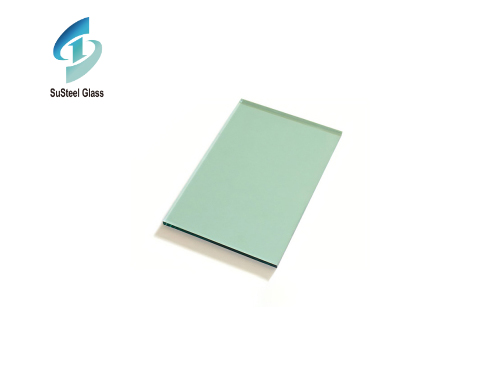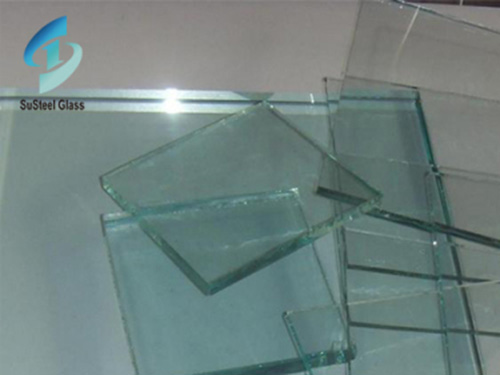
Laminated glass itself has many advantages, good machinability, can be made into laminated fire resistant glass, laminated hot bent glass and so on. Its production method is much the same, is roughly the use of glass in the middle of the film or intermediate film. Although the method is simple, but don't underestimate the role of film.
On the basis of fireproof laminated glass with fire resistance, the use of film makes the glass with heat insulation, sound insulation and noise reduction.
Heat insulation. When the sun shines on the fire resistant glass, the energy in the ultraviolet, visible light and infrared spectrum will be absorbed by the interlayer film. Most of the absorbed energy is carried away by secondary radiation or air convection. In summer, if the laminated fire resistant glass door or laminated fireproof window is used, it can not only reduce the cost of indoor air conditioning refrigeration, but also reduce the frequency of air conditioning and protect the environment. Different colors of film have different thermal insulation properties, and studies have shown that using darker colors with less transparency can protect against more solar and ultraviolet radiation at the same thickness.
Sound insulation and noise reduction. Noise in life enters the room mostly through doors and Windows. According to national regulations, high-rise residential buildings must use fireproof Windows, if the fireproof window glass with laminated fire resistant glass, the film in the middle of the glass has a blocking effect on the sound wave, can effectively reduce the noise into the room.
Laminated fire resistant glass looks no different from ordinary glass in appearance, but it can create a more quiet living space for the street residents. Glass can isolate the outside world: low-frequency noise produced by vehicles, aircraft noise, industrial machinery high-frequency noise, indoor conversation and household appliances noise, so it is welcomed by consumers.
 High Purity Tin Ingot: Essential Uses and Key Advantages
High Purity Tin Ingot: Essential Uses and Key Advantages
 Burglar-Resistant Glass: Enhancing Security and Peace of Mind
Burglar-Resistant Glass: Enhancing Security and Peace of Mind
 Exploring the World of Green Tinted Glass Products: Versatility and Sustainability
Exploring the World of Green Tinted Glass Products: Versatility and Sustainability


